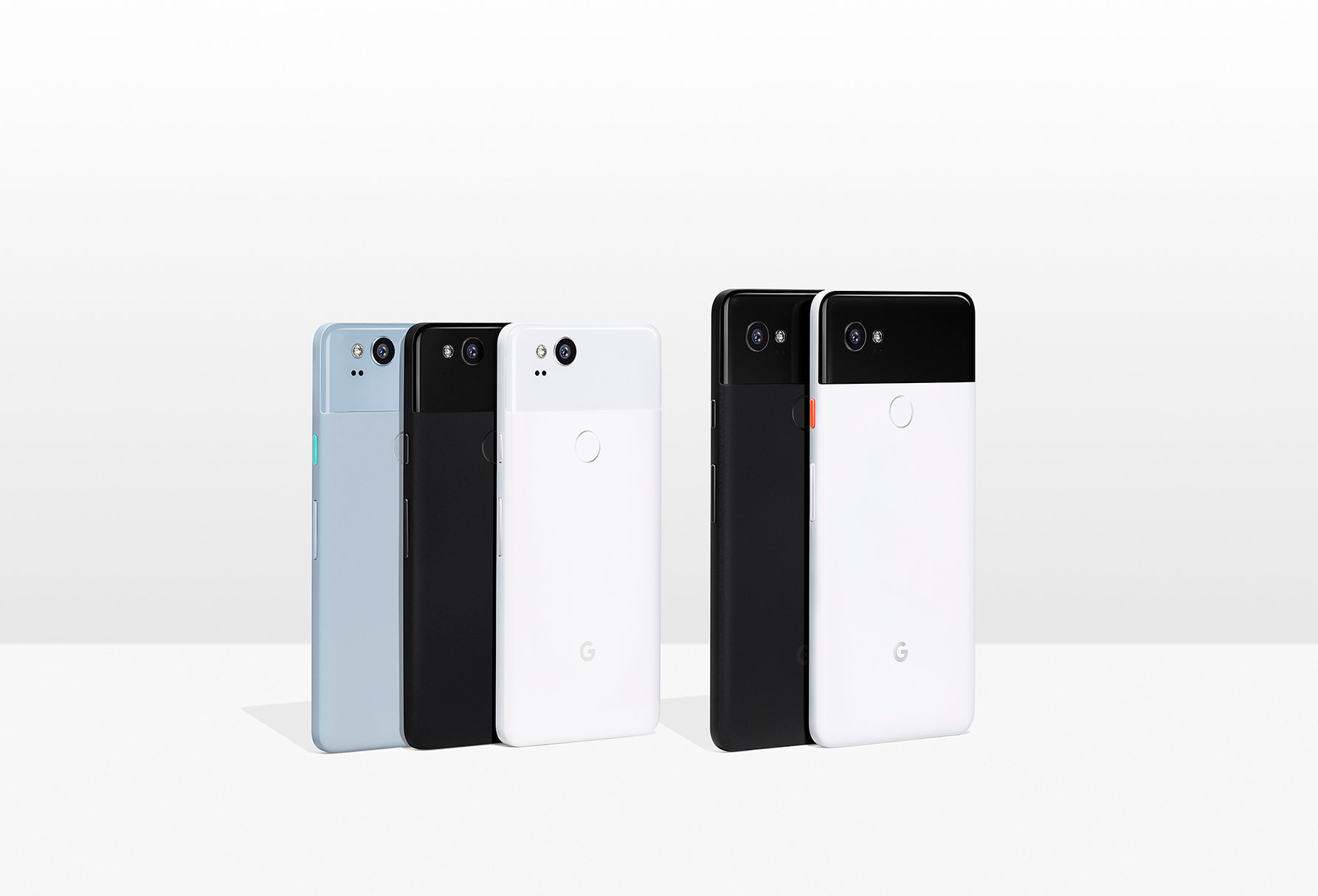
Understanding Unlocked Phones
Unlocked phones differ from locked ones primarily in their freedom from carrier restrictions. Typically purchased directly from manufacturers or online retailers, these devices lack software locks that carriers use to restrict network usage. This means users can switch between GSM or CDMA networks, offering greater flexibility and control.
Advantages of Unlocked Phones
- Carrier Flexibility: Switch carriers without hassle for better coverage or lower rates.
- International Use: Use local SIM cards abroad, avoiding expensive roaming plans.
- Customization: More options for installing custom ROMs, modifying settings, and personalizing home screens.
- Long-Term Value: Higher initial cost but avoids carrier-specific contracts and early termination fees.
Top Unlocked GSM Phones for Android Enthusiasts
Google Pixel 8
The Google Pixel 8 stands out for its software and camera performance.
- Software Updates: Guaranteed security updates through fall 2030.
- Camera Performance: Exceptional image quality with features like Night Sight and Portrait mode.
- Display: Crisp 6.2-inch OLED screen with a high refresh rate.
- Price: $699 from Google Store, $499 from Best Buy.
Samsung Galaxy S24 Ultra
Known for its powerful processor, top-tier display, and state-of-the-art camera.
- Display: Beautiful AMOLED display with a high refresh rate.
- Camera: Comprehensive camera system ideal for photography enthusiasts.
- Battery Life: Excellent battery life for all-day use.
- Price: $1,285 from Amazon, $1,150 from Best Buy.
Google Pixel 8a
A more affordable option from Google, offering flagship-level performance.
- Display: Bright OLED display with a high refresh rate.
- Camera: Great performance with AI features like Night Sight and Portrait mode.
- Software Updates: Seven years of updates.
- Price: $449 from Google Store, $499 from Best Buy.
Samsung Galaxy A15 5G
An affordable option with a high-resolution screen and triple-camera setup.
- Display: High-resolution screen with a triple-camera setup.
- Battery Life: Long battery life for all-day use.
- Software Updates: Four OS upgrades.
- Price: $324.99.
TCL Flip 2
A basic flip phone ideal for voice calls and messaging.
- Design: Flip design with a 1.4-inch color screen on the front.
- Battery Life: Long battery life for all-day use.
- Price: Affordable cost.
Motorola Moto G Power 5G
Offers enhanced speech-to-text features and a powerful processor.
- Speech-to-Text: Enhanced capabilities for easier communication.
- Battery Life: Long battery life for all-day use.
- Price: Affordable option.
Pros and Cons of Unlocked Phones
Pros
- Flexibility: Switch carriers at will, useful for frequent travelers.
- Cost-Effectiveness: Avoid carrier-specific contracts and early termination fees.
- Customization: More options for personalizing devices.
- International Use: Ideal for international travel, avoiding expensive roaming plans.
Cons
- Higher Upfront Costs: Typically higher initial cost compared to locked devices.
- Fewer Warranty Options: May need to rely on the manufacturer's warranty or purchase additional protection plans.
- Service Not Guaranteed: Not all carriers support every device; check compatibility before purchasing.
Who Is an Unlocked Cell Phone Best For?
Unlocked cell phones suit individuals valuing flexibility and customization. Beneficial scenarios include:
- Frequent Travelers: Use local SIM cards abroad, avoiding expensive roaming plans.
- Snowbirds: Use local carriers in warmer climates, reducing mobile expenses.
- Seniors: Affordable and flexible, often with senior-friendly features.
- Those Who Don't Like Contracts: Avoid being tied down by carrier contracts.
Additional Tips
- IMEI Number: Ask for the 15-digit International Mobile Equipment Identity (IMEI) number to check compatibility.
- Compatibility Check: Verify the unlocked phone's compatibility with your carrier before purchasing.
- Warranty and Support: Understand the warranty and support options available for unlocked phones.
- Budget Considerations: Weigh the pros and cons of the higher initial cost against long-term value.
By following these tips and understanding the features and benefits of different unlocked GSM phones, you can make an informed decision that best suits your needs and preferences.
